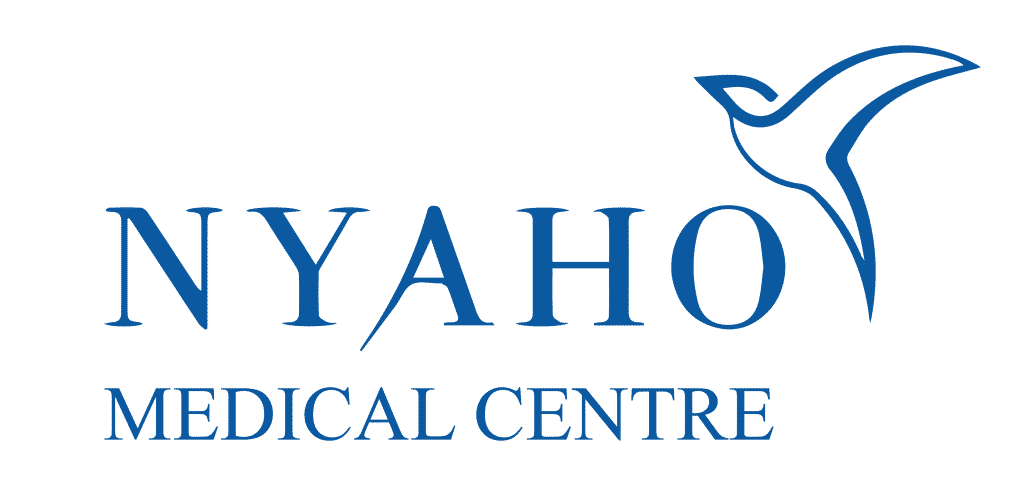Malaria is caused by the bite of an infected female Anopheles mosquito.
There are 5 parasite species that cause malaria in humans and of these P. falciparum poses the greatest threat and is responsible for a majority of the morbidity and mortality associated with malaria.
SYMPTOMS OF MALARIA
Malaria is an acute febrile illness. In a non-immune individual, symptoms usually appear 10–15 days after the infective mosquito bite. The first symptoms are fever, headache, and chills. This may be mild and difficult to recognize as malaria. If not treated within 24 hours, P. falciparum malaria can progress to severe illness, often leading to death.
Children with severe malaria frequently develop one or more of the following symptoms: severe anemia, respiratory distress to metabolic acidosis, or cerebral malaria. In adults (especially in the non-immune) multi-organ involvement is also frequent.
WHO IS AT RISK?

Most malaria cases and deaths occur in Sub-Saharan Africa. However, South-East Asia, Latin America, and the Middle East are also at risk.
Some population groups are at considerably higher risk of contracting malaria, and developing severe disease, than others. These include infants, children under 5 years of age, pregnant women and patients with HIV/AIDS, as well as non-immune migrants, mobile populations, and travelers
PREVENTION
Vector control is the main way to prevent and reduce malaria transmission.
The World Health Organisation (WHO) recommends two forms of vector control; insecticide-treated mosquito nets and indoor residual spraying are effective in a wide range of circumstances
DIAGNOSIS AND TREATMENT

Early diagnosis and treatment of malaria reduces the severity of the disease and prevent deaths. It also contributes to reducing malaria transmission. The best available treatment is artemisinin-based therapy. WHO recommends that all cases of suspected malaria be confirmed using parasite-based diagnostic testing (either microscopy or rapid diagnostic test) before treatment is administered.
